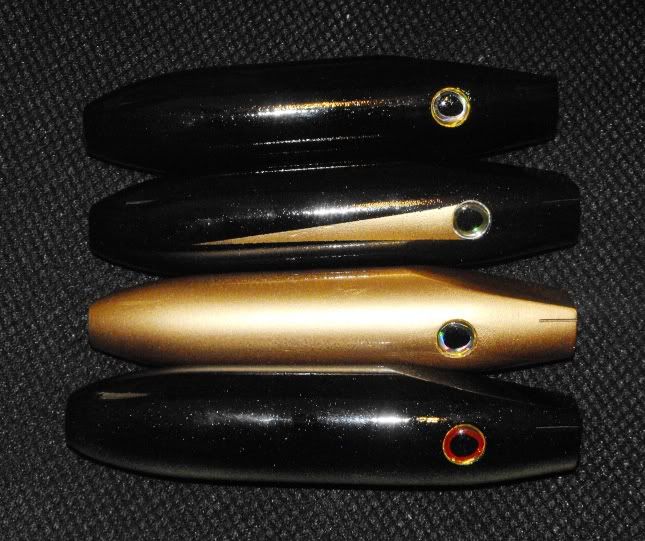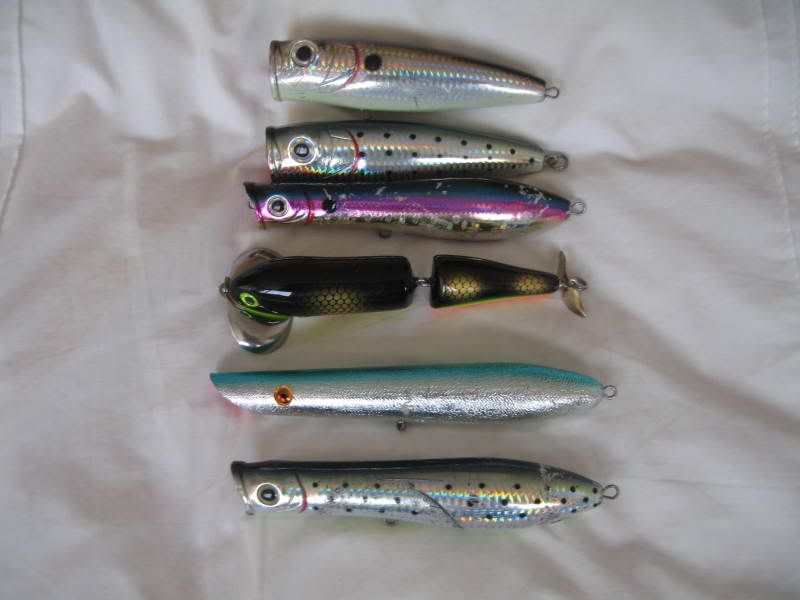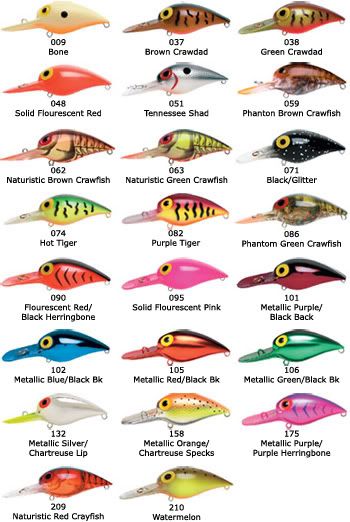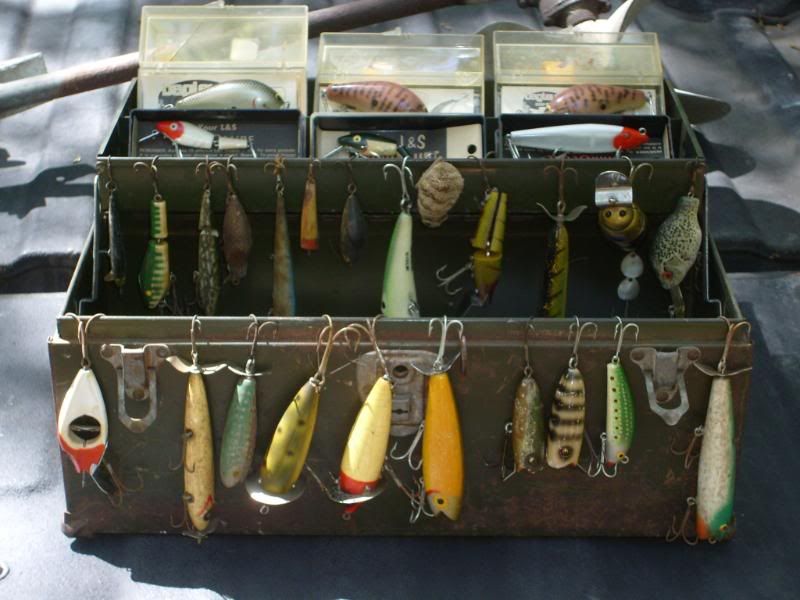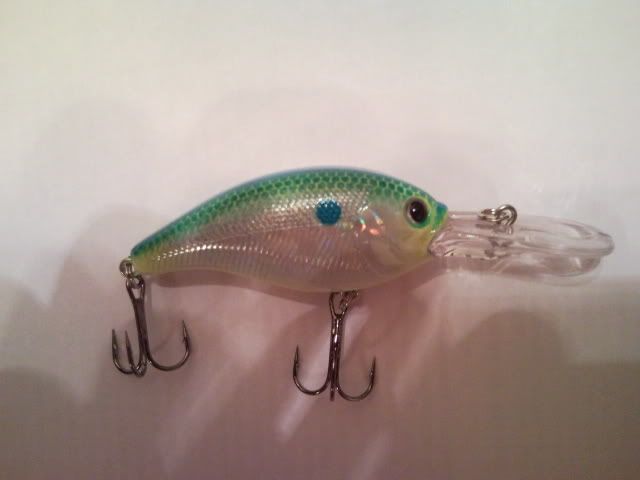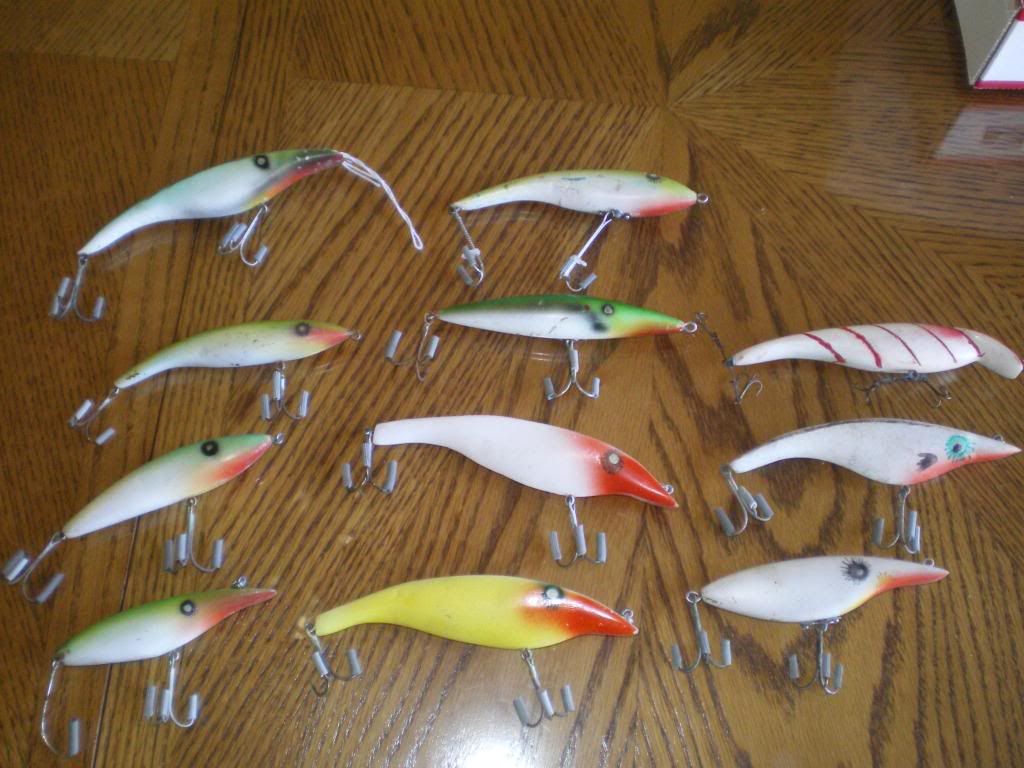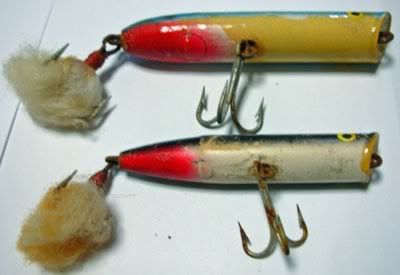
Even normal casting and retrieving can inflict some amount of damage on the lures. Hook scars from swimming along the belly can completely remove clear coats, paint and primer and if left unattended can dig into the lures body it. Another issue to look out for is loosening of the hardware as this might lead to loss of the lure at sea. These sorts of problems are easily correctable by doing quick repairs before the problem gets completely out of hand.
Another aspect to consider is maintaining the lures as much as possible. For this, at your first purchase it is best to not be cheap and pay a few extra dollars for your product. Generally, more expensive lures can have a prolonged life-span when compared to the ones you paid only a few dollars for.
The other important issue when it comes to protecting your fishing lure is the issue of storage. Mostly, fishing lures do not require that much attention when it comes to storing them. A safe, dry place is all that is required but be careful not to mix them up with other valuable things that they might damage using their hooks. Also keep away from children as it may harm them.
Sharing of lures is not uncommon among anglers as they might want to test a particular their neighbor or friend has before buying their own. However, sharing of lures may lead to loss since you may not remember who in particular you gave your lure to. Hence you need to keep tabs on who you hand out your lure to. It is also wise to advice whoever you are handing it out to how they should protect it while it is with them.
If you are taking part in salt water fishing, it is wise to rinse off your lure thoroughly in order to avoid cases of rust and to keep your lures in top shape. You can do this by removing them from the fishing line, rinsing them off and attaching them to your fishing vest to air dry. This way you get to use your lures for longer and save your money in the process.
Nigel J Parker, has a passion for all things fishing. Has written several articles on fishing and this time around he discusses about Trout Lures and Topwater Lures and specific ways to use these to improve your catch.
Article Source: http://EzineArticles.com/?expert=Nigel_John_Parker
See my previous post:10 Types Of Fishing Lures That Can Help You Catch The Big One
